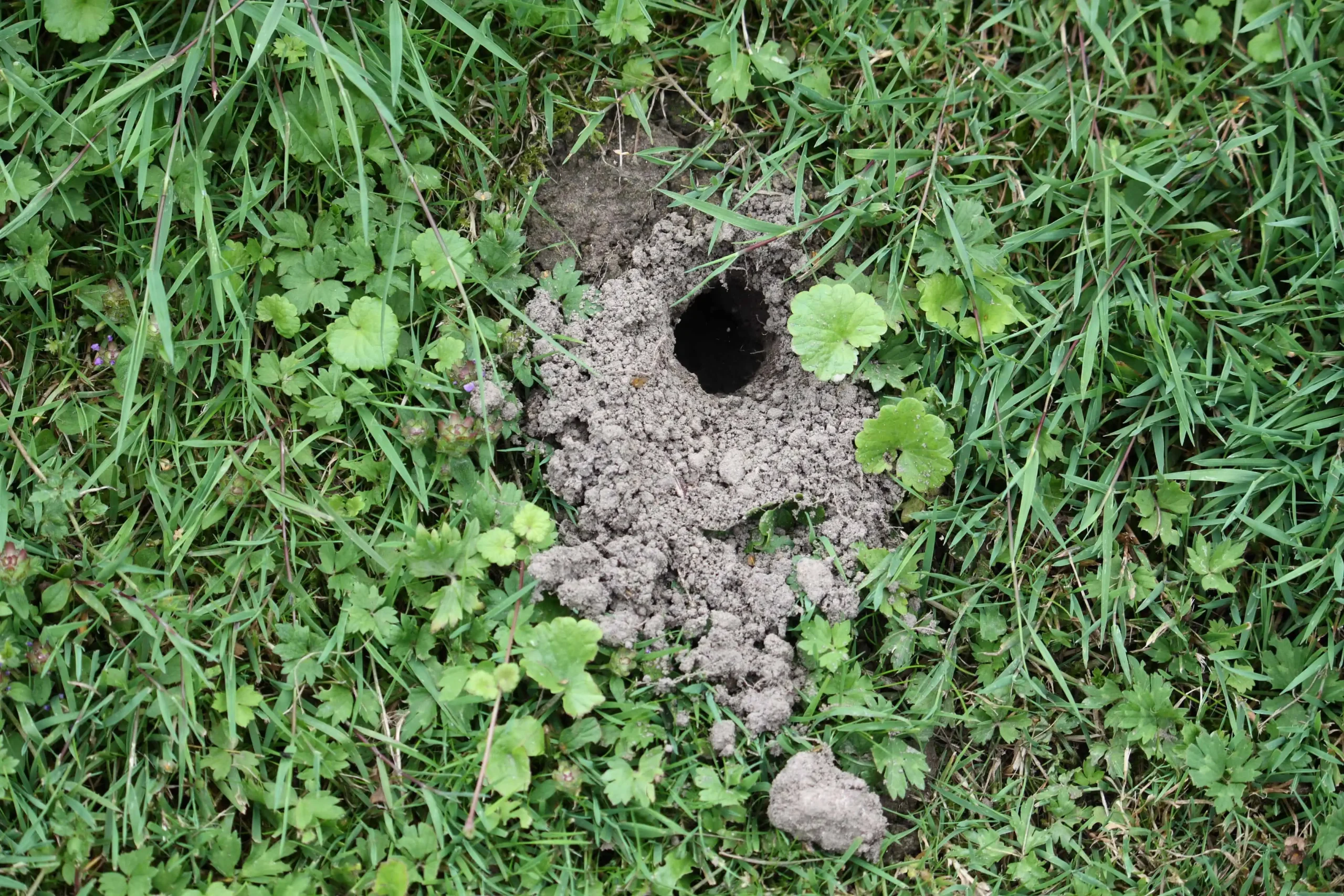Comprehensive Vole Pest Control Services in Utah
Comprehensive Vole Pest Control Services in Utah
Blog Article
Comprehensive Overview to Reliable Vole Parasite Control: Infestation Recognition and Treatment Approaches
In the world of reliable insect control, vole invasions pose an one-of-a-kind obstacle that demands a strategic approach. By discovering the subtleties of vole behavior, recognizing key indications of invasion, and evaluating a range of control alternatives, one can create an extensive technique to combat these evasive pests.
Comprehending Vole Behavior
Vole actions is characterized by their tunneling practices and fast recreation rates, making them a difficult bug to regulate properly. Their rapid reproductive price further makes complex control initiatives, with females capable of creating several litters in a single year, each including a number of spawn.
Voles are most energetic throughout the very early morning and evening hours, spending most of their time foraging for food. Their tunneling routines not just interrupt yards and gardens yet additionally make them challenging to get rid of and identify. Understanding vole habits is crucial for efficient bug control strategies. By determining their burrow areas, checking feeding locations, and carrying out targeted control approaches, such as capturing or environment alteration, vole invasions can be managed efficiently.
Indications of Vole Invasion

Prevention Methods
Applying reliable prevention techniques is essential in lessening vole invasions and securing plant life from their destructive feeding practices (vole yard damage). To avoid vole invasions, it is vital to begin by getting rid of potential food sources and sanctuary. Keep grass and plants trimmed short, eliminate weeds and particles, and maintain a tidy garden or yard to make the area less attractive to voles. Setting up obstacles such as equipment towel or underground secure fencing can also help hinder voles from going into certain areas. Furthermore, minimizing excess moisture by repairing dripping pipes and making sure proper water drainage can make the environment less hospitable for voles.
On a regular basis evaluating the property for signs of vole activity, such as paths and delve openings, is vital for early discovery and punctual action. If vole activity is suspected, consider using catches or repellents tactically placed near their pathways.
Non-Lethal Control Techniques
To efficiently take care of vole populaces while prioritizing humane approaches, non-lethal control approaches offer useful services for minimizing vole damages in landscapes and gardens. One effective technique is using physical barriers such as equipment fabric or wire mesh to safeguard susceptible plants. These obstacles can be hidden at the very least 12 inches curved and deep at a 90-degree angle to avoid voles from burrowing below. In addition, habitat modification can deter voles by minimizing their preferred food sources and concealing areas. Preserving a well-mowed lawn, eliminating particles, and keeping plant life cut can make the atmosphere much less enticing to voles.

Lethal Control Options
One efficient approach for resolving vole infestations in landscapes and gardens involves the calculated use of dangerous control alternatives. When faced with an extreme vole problem that non-lethal approaches have actually stopped working to contain, implementing dangerous control actions ends up being critical. Generally, when employing deadly control alternatives, it is necessary to do so properly and in accordance with regional policies to properly manage vole invasions.
Verdict
In verdict, efficient vole insect control calls for a comprehensive understanding of vole behavior, recognition of indications of invasion, implementation of avoidance techniques, and application of both non-lethal and dangerous control methods. By integrating these methods, individuals can successfully manage vole populaces and secure their home from damages. It is essential to address vole invasions quickly to protect against additional concerns and decrease the influence on the surrounding atmosphere.
Provided the intricate passage systems and quick reproduction rates characteristic of voles, acknowledging the indicators of vole invasion ends up being necessary in reliable insect control. One of the key indicators of vole presence is the visibility of surface paths or tracks in turf or snow, normally concerning 1-2 inches broad, created as voles take a trip between their burrows and food resources.To successfully take care of vole populaces resource while focusing on humane Clicking Here approaches, non-lethal control strategies supply practical options for lowering vole damages in landscapes and yards.One efficient approach for addressing vole infestations in yards and landscapes includes the critical use of deadly control choices. vole yard damage.In conclusion, effective vole bug control calls for a thorough understanding of vole habits, recognition of indicators of infestation, application of avoidance techniques, and use of both non-lethal and deadly control methods
Report this page